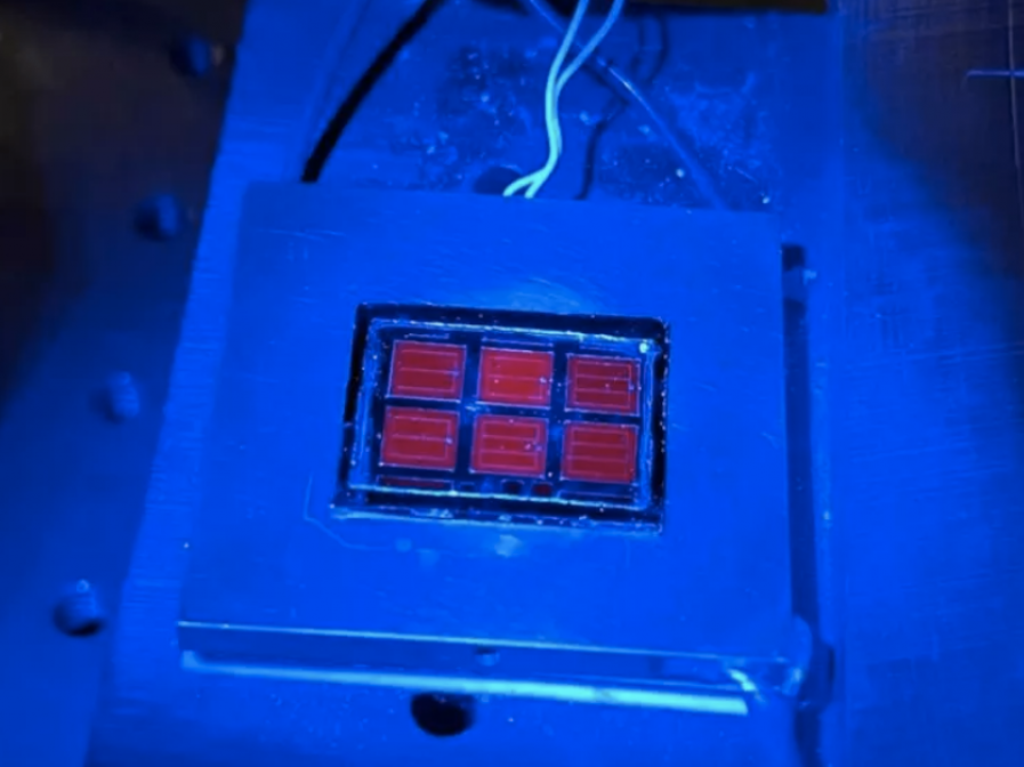Scientists smash solar cell efficiency record

Researchers have produced a world record in solar cell efficiency using real-world conditions.
A team from the US Department of Energy’s National Renewable Energy Laboratory (NREL) used an innovative form of “quantum well” solar cell to achieve 39.5 per cent efficiency.
The technology involves stacking hundreds of layers of materials in order to maximise the capture of electrons energised by the Sun’s photons.
The quantum well design was used in a type of solar cell known as multi-junction solar cells, which are typically deployed in satellites and space vehicles used on the Mars rover missions.
The complexity and cost of building them means they have so far been limited to specialised applications, though the researchers claim the new design could be used in much broader situations.
“The new cell is more efficient and has a simpler design that may be useful for a variety of new applications, such as highly area-constrained applications or low-radiation space applications,” said NREL physicist Myles Steiner.
The research was outlined in a paper, titled ‘Triple-junction solar cells with 39.5 per cent terrestrial and 34.2 per cen space efficiency enabled by thick quantum well superlattices’, was published in this month’s issue of the journal Joule.
The solar power device developed by the NREL team was made with three junctions, with each junction tuned to capture a different portion of the solar spectrum.
The main innovation was in the middle junction, made of gallium arsenide (GaAs), which is where the quantum wells were placed. This placement allowed the GaAs to increase the amount of light that hte solar cell can absorb.
“We have modified the bandgap while maintaining excellent material quality by using quantum wells, which enables this device and potentially other applications,” said NREL’s Ryan France, who worked alongside Dr Steiner on the project.
The novel design seeks to overcome the high manufacturing cost, with the researchers now working towards making the cells more economically viable for less niche applications.
While the laws of thermodynamics mean an efficiency rate ot 100 per cent is impossible, Dr France believes reaching 50 per cent efficiency with this type of design is “actually very achievable”.

